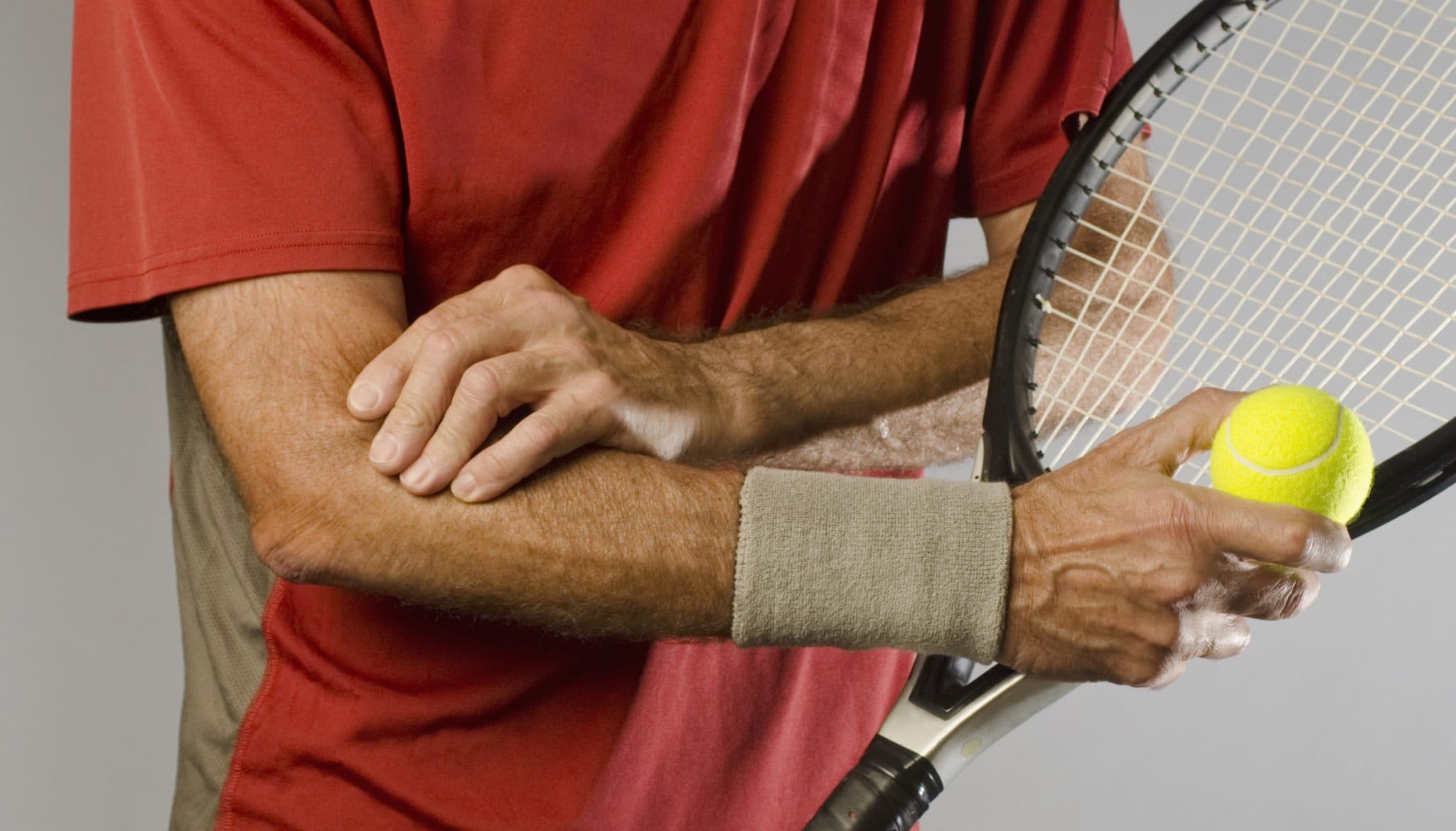
2025-11-21T14:10:25
How to Prevent Gestational Diabetes
- Family Medicine
- Internal Medicine
- OB/GYN
May 11, 2017 | Family Medicine • Sports Fitness and Physical Therapy
Specialties:Family Medicine • Sports Fitness and Physical Therapy

Many basic movements require the help of tendons within the body. Tendons are thick, fibrous cords that attach muscle and bone, acting as pulleys to help these muscles move an individual joint.
When a tendon becomes inflamed, however, it can result in a condition called tendonitis (also spelled tendonitis). Tendinitis leads to pain and tenderness just outside a joint, and it’s mostly found in areas like the shoulders, elbows, wrists, knees and heels. You may have heard of a few variations of tendinitis-related conditions:
In some cases, severe cases of tendinitis can lead to ruptured tendons that require surgical repair. However, most cases can be treated with proper rest and treatment.
Symptoms of tendinitis occur directly at the point where a tendon attaches to a bone. They include:
If left untreated, tendinitis can raise your risk of a tendon rupture. This is a much more severe event that requires surgical repair in some cases. In addition, chronic cases of tendinitis can develop into a condition called tendinosis, which involves degenerative changes to the tendon and abnormal new blood vessel growth.
Tendinitis is primarily caused by sports-related injuries or, even more commonly, from the repetition of similar movements over time. This is often because a job or hobby requires these repetitive movements, which puts stress on the tendons involved. Other causes of tendinitis include:
Factors that may put you at increased risk of tendinitis include:
In some cases, tendinitis will go away on its own over time. In others, your doctor will recommend treatment, or may refer you to a specialist if appropriate. Treatment options include:
You can also take a number of steps to reduce your chances of developing tendinitis:
If you have tendinitis or are at risk of a tendon rupture, speak to your doctor about treatment options and he or she will determine the best course of treatment for you.
Orthopedics is rewarding for me because it allows me to help patients with injuries and get them back into action quickly. My classes in anatomy initially sparked my interest in medicine and also led me to choose orthopedics as a specialty. I love meeting people of all ages in my practice—I see kids, athletes, adults and retirees. I enjoy being able to understand people’s unique situations and trying to help them recover.
“Tendinitis.” Arthritis Foundation. http://www.arthritis.org/about-arthritis/types/tendinitis/
“Tendinitis.” The Mayo Clinic. http://www.mayoclinic.org/diseases-conditions/tendinitis/basics/definition/con-20020309

WRITTEN BY:
The Live Better Team

2025-11-21T14:10:25

2025-11-03T11:32:24

2025-10-21T11:51:52

2025-08-20T16:07:59
This information is not intended to replace the advice of a medical professional. You should always consult your doctor before making decisions about your health.